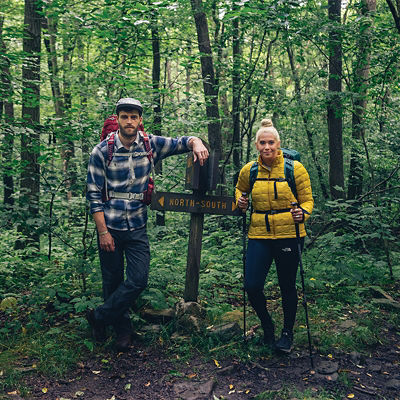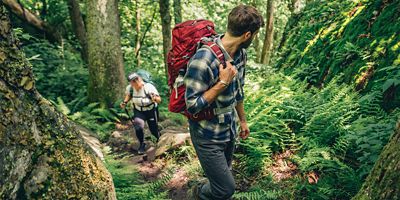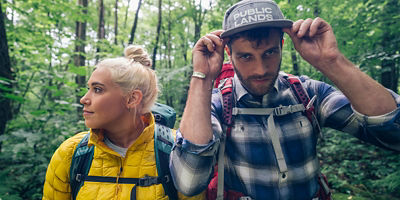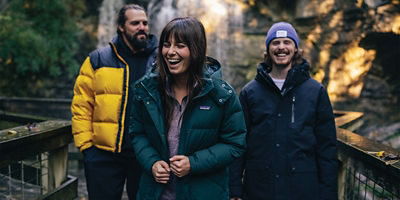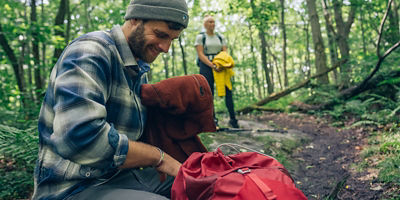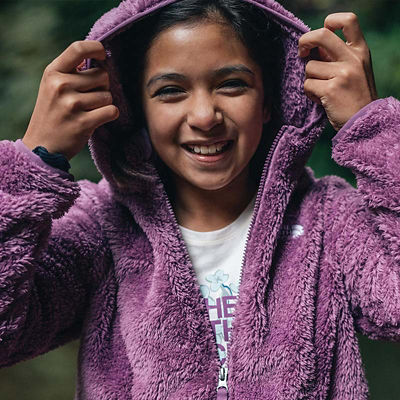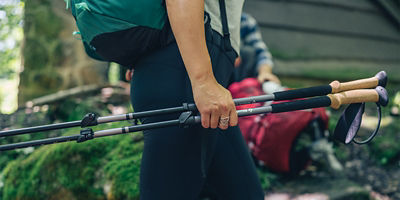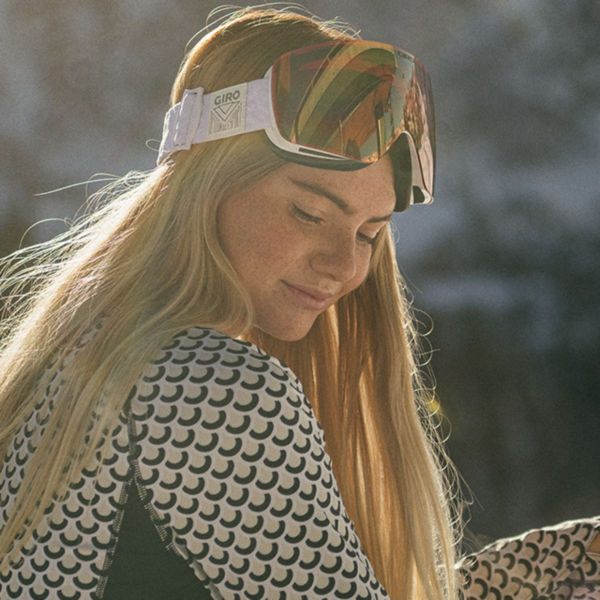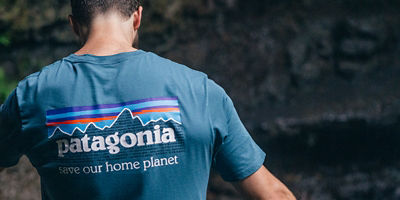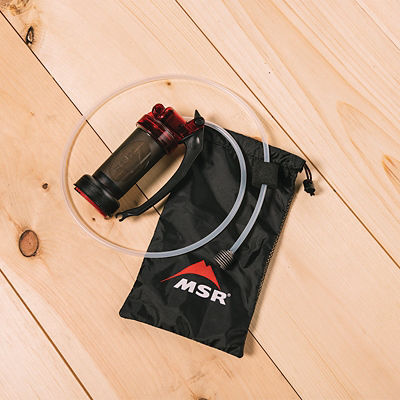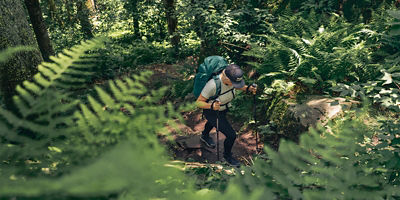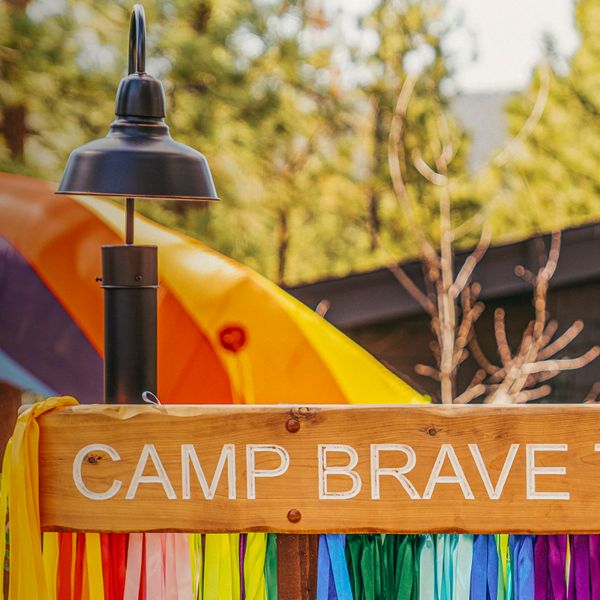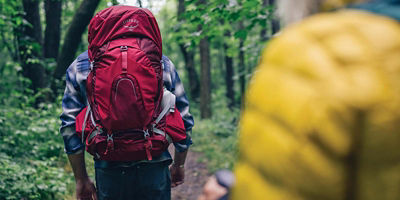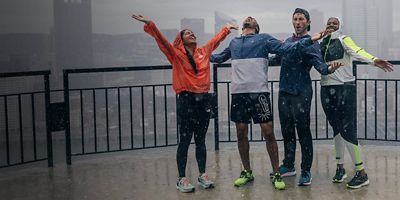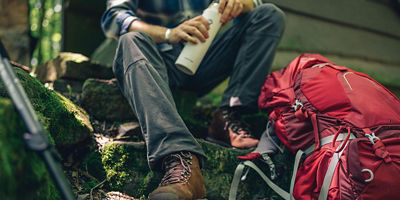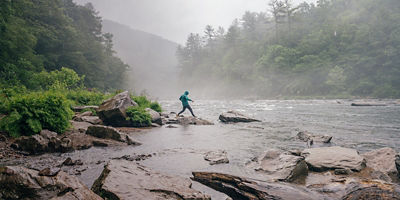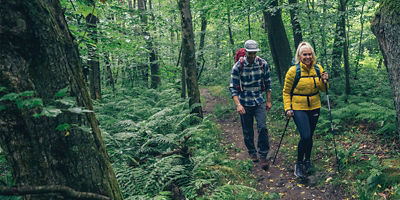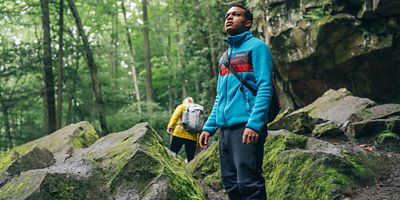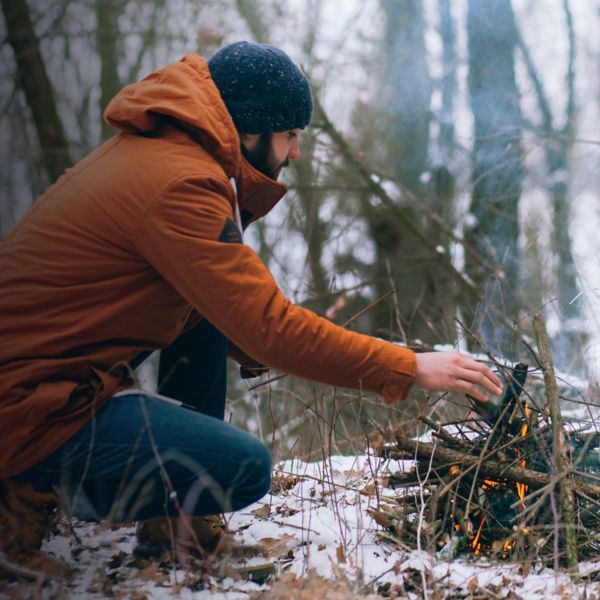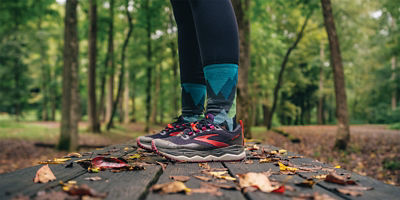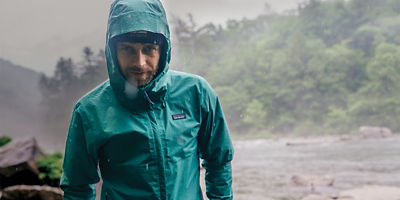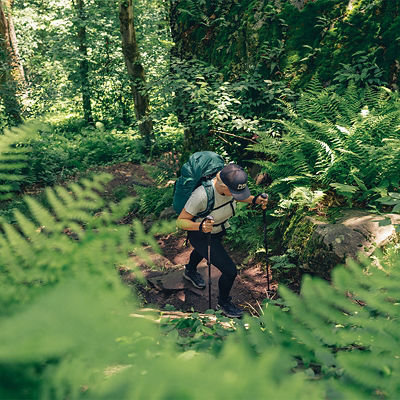Your sleeping bag is one of the most critical pieces of gear you own. As your main source of nighttime heat, it makes the difference between a great night’s sleep and a miserable, shivery ordeal. It’s also one of the bulkiest items in your pack, and typically adds a couple of pounds to your load. Is it possible to lighten up your sleep system without sacrificing the sleep part? Definitely: Ultralight sleeping bags and quilts shave ounces while still maintaining the loft and comfort you need to get your Zs.
The main advantage of any ultralight bag or quilt is, of course, its diminutive weight and great packability. They tend to feature premium, high-fill down for the best warmth-to-weight ratio. On the downside, they can be significantly more expensive than heavier bags, and their delicate face fabrics require special care (these are not the bags for dragging carelessly around a rocky campsite). And in the case of quilts, they don’t retain heat as well as a mummy-shaped bag, and some require a bit of practice to sleep comfortably.
Ounce-counters, thru-hikers, and fast-and-light alpinists often benefit from an ultralight sleep kit—as would anyone looking to lighten their load. Featherweight sleep choices come in three styles: Here’s how to choose the best one for you.
Ultralight sleeping bags
Often similar to “regular” sleeping bags, ultralights use high-fill down insulation and dainty fabrics to keep ounces down. Some also skip features like a hood or full zipper. These bags tend to have a narrow cut to shave weight, and they often have top-shelf price tags. Bonus: A lightweight, hoodless bag can double as a liner for another bag on frigid nights.
Ultralight sleeping bags are great for people who want a lighter system, but don’t want to give up the thermal efficiency of a full bag (they’re comparable in terms of weight to many quilts). They might not work for you if you prefer a more generous cut, or in some cases, if you sleep hot (a half-zipper doesn’t provide many venting options on warm nights).






